Estimated reading time: 12 minutes
To Put It Bluntly, Some Trees Just Aren’t Worth the Shade.
I live on 80 acres in Northern Michigan in the Manistee National Forest. There are easily thousands of trees spread across the property. Most create a beautiful canopy and really put on a show in the Fall.
Some trees, on the other hand, give me fits and have quickly found their way to the woodpile. I’ve learned the hard way that knowing how to identify trees and understanding their limitations makes a lot of things on the homestead a little bit easier.
Want to save this post for later? Click Here to Pin It On Pinterest!
What’s the Problem?
There are 6 things that can make a tree not worth the trouble of planting, let alone tolerating on your property. Here are the problems in no particular order, and there are certainly others.
- Slow Growing
Some trees take their time maturing. I planted an oak in my front yard once and 10 years later, it still looked like a sapling. Generally, oaks are great trees for both firewood and furniture, but given that many of us move from house to house a few times in our lives, it can be a bit frustrating to plant a tree that never gives us the benefit of decent shade, let alone fruit and firewood.
As a general rule, hardwood trees grow slower than softwood trees. If you’re just starting to landscape your property and are anxious to create some shade, you might want to favor some softwood varieties to get a head start and then mix in some hardwoods.
- Gradual Die-Off
For some reason, some tree species gradually die off. Branches die and eventually fall. I had a small one hit my shoulder while sitting in a lawn chair once. Shame on me for not pulling down the dead branch first, but with some trees, that can be a regular chore.
Die-off occurs when a tree is planted in an area that is not its natural habitat or in an area that is too dry or too wet, causing undue stress. Then again, some trees just seem to live, grow, and gradually die regardless of where they’re planted. It’s bad enough when a small branch hits you on the shoulder, but it’s whole lot worse when a large branch dies and smashes your house or car.
Another reason for die-off is insect infestation or disease, but that’s a whole other problem.
- A Mess
Like any plant, trees produce flowers, seeds, bark, leaves, and occasionally—fruit. Fruit is great if you can eat it, but there are some fruits we either can’t eat or choose not to.
Many times, those seeds, fruits, bark, leaves, and flower petals just decompose into the soil or get chewed up by regular lawn mowing. But some trees like eucalyptus make a mess of their bark regardless.
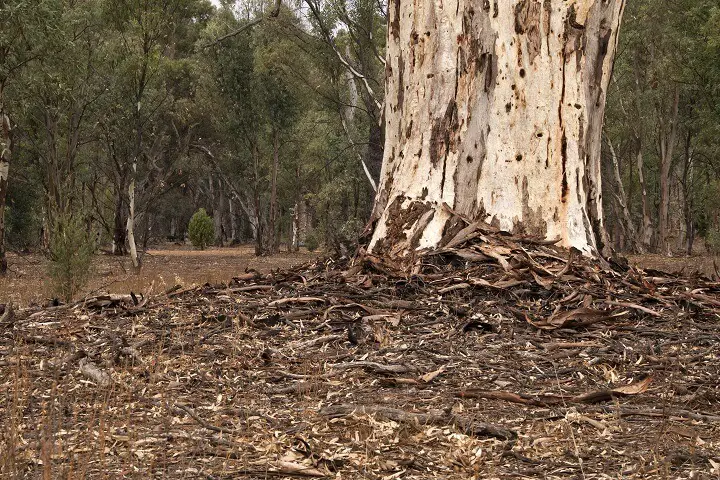
- Soil Nutrient Hogs
Trees are very big plants and it’s no surprise that they’re heavy feeders, but some trees fall in the category of nutrient hogs. The obvious sign is the appearance of large patches of bare ground where even weeds won’t grow.
And it’s not just about small plants like grass and weeds. Some of these trees can deprive surrounding trees and shrubbery of nutrients to the point that their growth is stunted, or they start to show signs of gradual die-off.
In some instances, the sheer age and size of a tree will cause it to draw a significant quantity of nutrients from the soil.
- They’re Poisonous
It’s highly unlikely that anyone would intentionally plant a toxic or poisonous tree but it’s possible to have them on your property if you’ve purchased land with a mature and developed tree population.
And it’s not just about trees being poisonous to people; some trees are toxic to surrounding plants and trees. In the same way that some vegetables don’t get along in the garden, you have to stop and think about how compatible some trees are with the surrounding vegetation and other trees.
Get rid of them, and think twice about burning some of them if they’re toxic to humans. The smoke can be equally toxic.
- They’re Susceptible to Insects or Disease
Like many plants, some trees are delicate and not particularly hardy. Then again, even the hardiest trees can fall victim to a word we’ve become all too familiar with: pandemic.
In the late 1950s and into the ’60s, bark beetles spread the Dutch Elm Disease, a fungus that essentially wiped out Dutch Elm Trees across North America. To this day, few survive. It should be noted that any plant—including trees—are susceptible to a range of diseases. If you are aware of a disease for a specific species or a less-hardy species -don’t plant it.
6 Bad Trees You Don't Want
1. Poison Sumac (Toxicodendron vernix)
Poison Sumac trees are surprisingly common and spread easily and quickly, so I’m listing that one instead of Poison Oak, which is also toxic. Contact with both the leaves and the bark causes a rash similar to Poison Ivy.
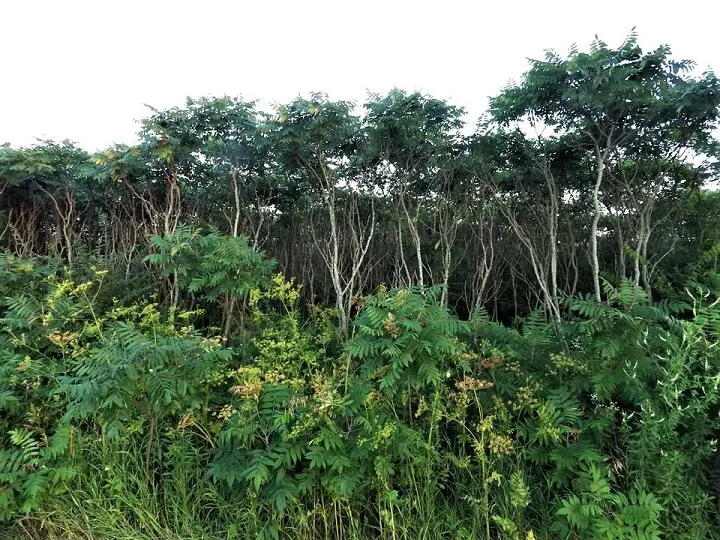
A primary problem is that they look very similar to Red Sumacs, which are harmless. Be careful, however.
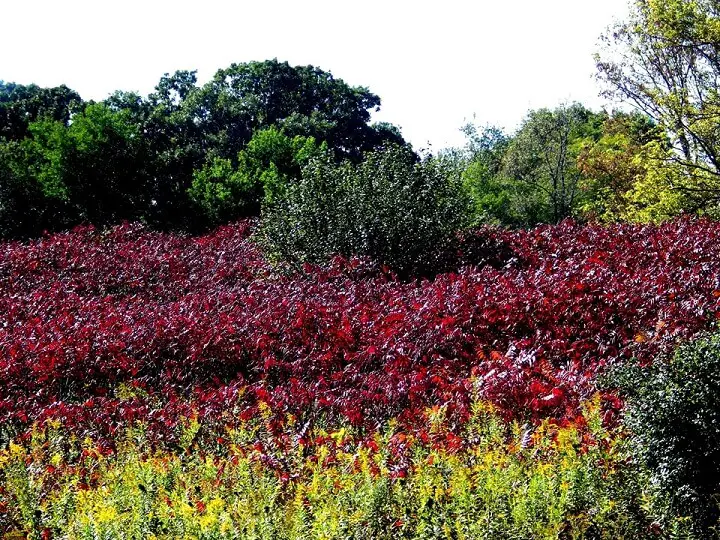
Poison Sumacs look like Red Sumacs in autumn. If you suspect a Sumac tree is of the Poison Sumac variety, cut it down (while wearing gloves) and have it hauled away. If your only option is to burn it, do it at a distance from your home and stay out of the smoke.
2. Boxelder (Acer negundo)
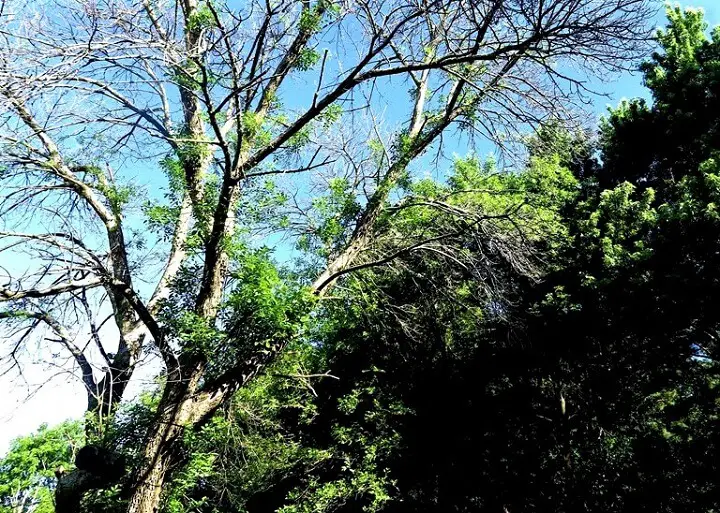
Boxelder is actually a member of the Maple family and produces a sap that can be boiled down to a syrup. If you want, give it a try and tap it in the spring. Then cut it down.
The biggest problem with Boxelders is die-off. It doesn’t matter where it’s planted or what the weather or soil conditions happen to be, Boxelders just seem to gradually die. The problem is that they die-off in a big way. Large branches wither and die, so with time—or as a result of any big storm—those branches are going to come down.
And it’s not just about the danger of falling branches; the sight of a tree that is half dead in front of your house isn’t exactly attractive. To make matters worse, Boxelder is susceptible to a wide range of diseases.
Don’t plant Boxelders, and if you have them growing, think about taking them down. They’re pretty good firewood, but they burn fast, so maybe have a bonfire in the back yard. You could always use the fire to boil down the sap and make some Boxelder syrup.
3. Black Walnut (Juglans nigra)
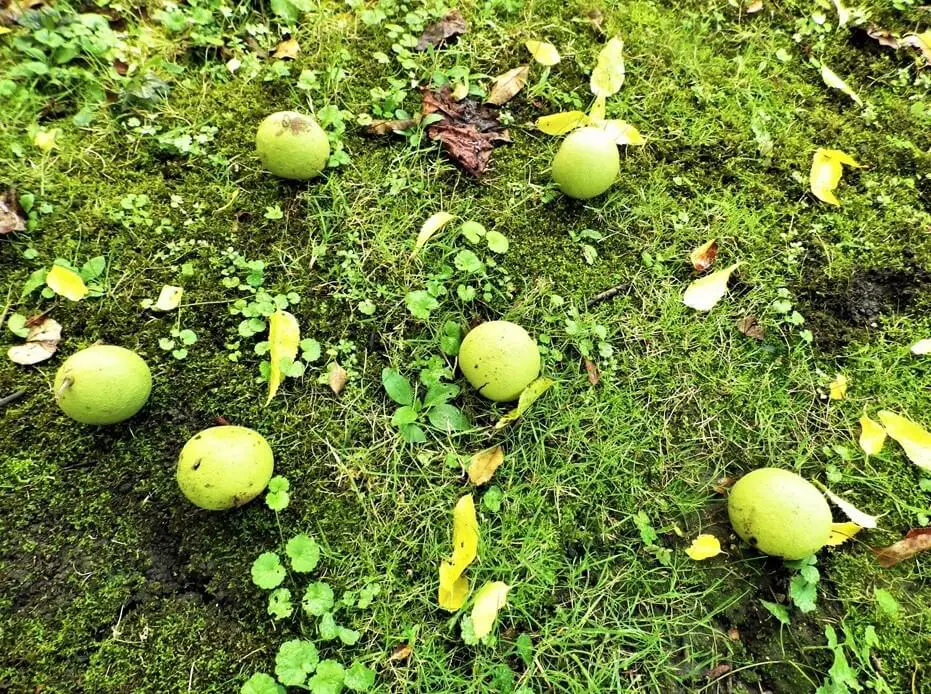
Black Walnut is a hardwood tree prized for furniture making. It also produces black walnuts that you can eat and makes for decent firewood if you’re not in the mood to make furniture. Unfortunately, they have a dark side, and it’s not about the wood.
Black walnuts fall in the “nutrient hog” category. Look around the base of any Black Walnut tree and you’ll most likely see bare ground and few shrubs or bushes. If that’s what you want, plant a Black Walnut, but they have another problem.
They are toxic to other plants due to a chemical they release called “juglone.” This chemical kills surrounding plants, giving the Black Walnut ample opportunity to get rid of any nutrient competition.
Black Walnut trees are also messy. The Black Walnuts that fall from the tree are quite large and heavy and, if one hits you on the head, it will most likely leave a mark. It will definitely leave a dent in any car or truck parked under the tree, and even if you and your vehicles manage to dodge the walnuts, they make a mess everywhere around the tree. I have slipped and hit the ground a couple of times after stepping on one.
If any of these things bother you, cut it down. It makes great firewood, and you could always get around to finally building that porch swing you always thought about. Oh, and one other thing. Did I mention they’re slow-growing?
4. Pine Trees (Pinus pinaceae)
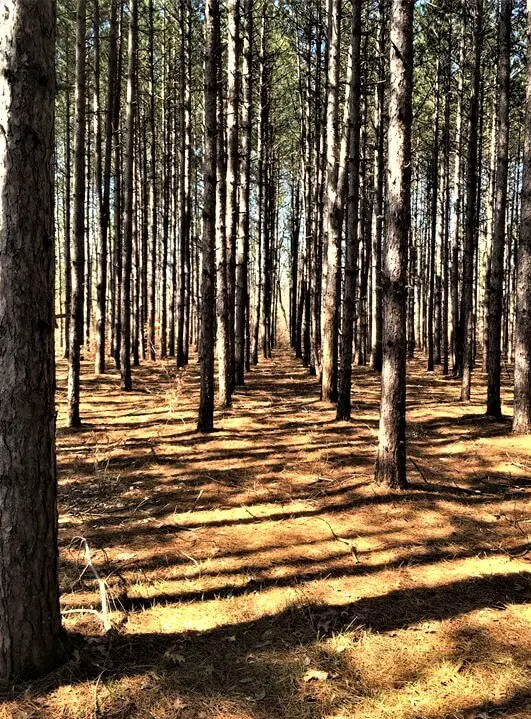
I actually surprised myself by including pine trees on this list, but after thinking about it a while, they do have a downside. Something I love about pine trees is the way their carpet of needles creates an open and relaxing space in a pine forest. And that’s great, if that’s what you want.
And it doesn’t take a pine forest to get that natural blanket of pine needle mulch. Even one pine tree will eventually carpet the ground beneath it, and not much will grow through those needles. Pines are also susceptible to a range of diseases.
The great thing about pines is that they’re evergreen, so you have green foliage year-round. But if you’re planting them, think about the location and whether you want to intentionally create a circle of mulch where little will grow. They also aren’t the best firewood and are not the first choice for furniture making, but few homes are framed and constructed without it.
5. Crab Apple Trees (Malus)
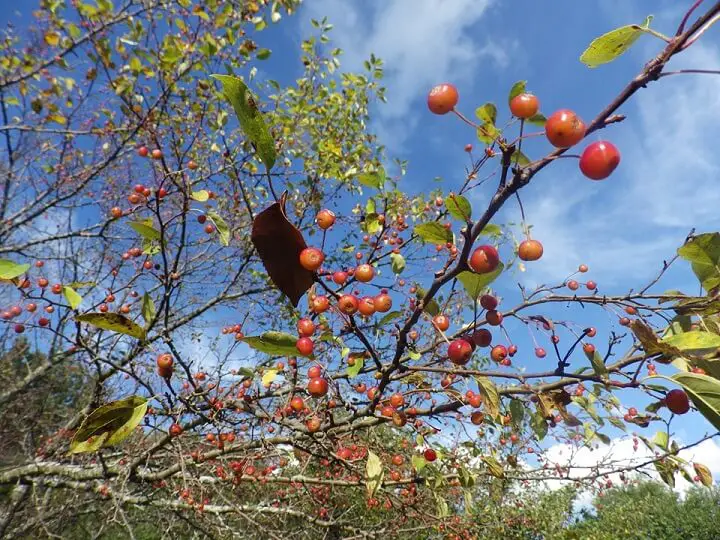
This is another tree that may come as a surprise on this list. You can harvest crabapples and make a great jelly, and the wood is great for smoking fish and game and makes decent firewood. They also have beautiful blossoms in the spring that can be quite fragrant, and the petals quickly dissolve into a mulch. But they do create one challenge.
They can be a real mess. I once had a home with 40 crab apple trees on the property.
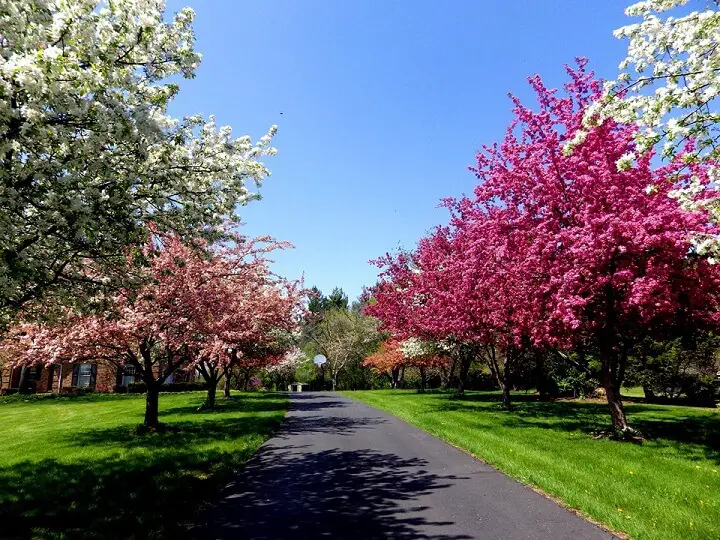
In the spring, when they were in full bloom, neighbors would walk by and actually take pictures. It was beautiful. Until the crabapples showed up.
After making a couple dozen jars of crabapple jelly, there were still thousands of crabapples left on the trees and soon, all of them fell to the ground. When I mowed over them, the wheels of the mower turned them into a mash that killed the grass.
The crabapple mash on the ground then rotted and fermented, attracting yellow jackets and every other bee and wasp on the planet. Walking barefoot in the yard was out of the question, not only because of the squishy mess but also because of the ever-present threat of a bee sting.
If you want a blossoming tree in the spring, you might be better off with a regular apple or cherry tree. Crabapple trees are beautiful, but their beauty comes at a price.
6. Ash Trees (Fraxinus)

It’s hard to say when the Emerald Ash borer first showed up, but it continues to decimate Ash trees across North America. Remedies are both complex and extreme, and most Ash trees eventually succumb.
Ash trees are generally healthy, fast-growing, and maintain lush growth without die-off. They’re a softwood and not the best for firewood or furniture, but they have always been prized for their shade and general appearance. Until now.
Don’t plant an Ash, even if you plan on taking preventative measures against the Emerald Ash Borer. We’re just going to have to wait and see if the Ash joins the ranks of the Dutch Elm as a tree we once knew and may never plant again.
Are There Others?
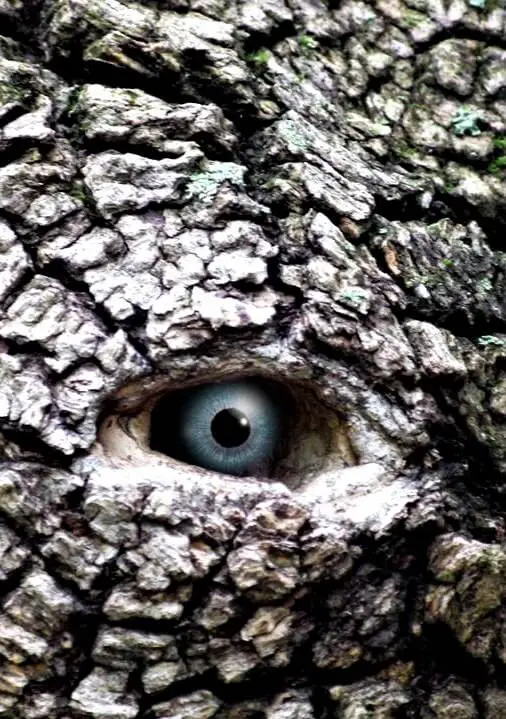
No doubt, and you’ve probably had your own experience with a few. The key is to know your trees. From trees that make a mess like Mulberries and Cottonwood to fragile trees like River Birch and Eucalyptus, there are certain species that might not be worth the trouble.
If you’ve had your own experience with a problem tree, share your knowledge in the comments section because the last thing any of us want is to plant a tree and regret it for years afterward.
Like this post? Don't Forget to Pin It On Pinterest!



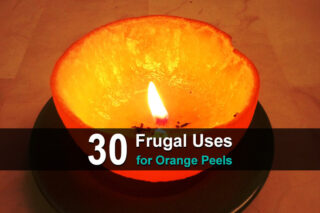

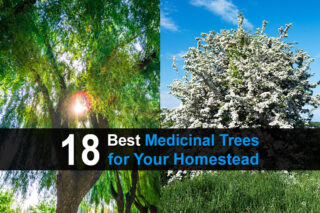
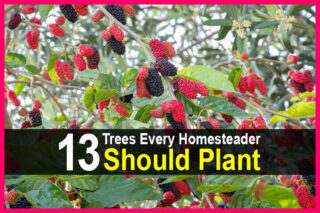
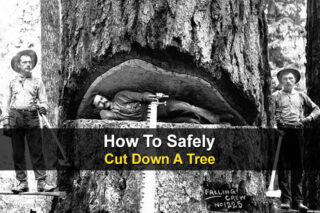



SWEET GUMS! they are a pain – they constantly drop the sweet gum balls, they are sticky, prickly, and DONT step on one barefooted! stain concrete too. pines – lots of tree trash from hurricanes – and the green cones hit the house/ground and hurt to pickup.
hollys – prickly leaves, berries (if they produce) stain, they dont like hurricanes either and they dont give much shade.
Don’t know where you heard that ash isn’t good for furniture or firewood but you have never used it for either then. Makes strong beautiful furniture and some of the hottest and long burning wood you can use.
I would not plant nor want a mimosa tree in my yard. Maybe if I had 80 acres and could look at it from afar and not worry about it when it dies. The flowers are a pink toned fan. The seed take flight and make this tree invasive. The cleanup from the flowers is messy and dangerous for walking on. The flowers create stains on cars and concrete. The flowers are dangerously moist and a slipping hazard. The tree itself is nearly impossible to cut down easier when it is alive but dead, nearly impossible. You need heavy duty tools or professionals to cut them down once they are dead.
Great article and very fun to read! One problem tree we had when I was a kid in central Florida, was the Ear Tree. It was a MONSTER high. But there were branches coming down all the time, and the ears (pods) came down all over the place. It didn’t provide a lot of shade. Just wound up being much more trouble than it was worth. After we moved out, the new people who moved in took it down in short order. But that baby was HUGE!
I love the article but one problem with pine is it is a high allergen. I am allergic to pine and we moved (because it was God’s will) and we ended up in a state that has pine tree’s all over the place. When fires start they usually start in pine stands and in early spring and in fall the pine allergens are at their highest. That’s not to say they go away in Winter and Summer there still there and I have allergy problems all year.
Hi you mentioned ash trees but a specific type, the mountain ash, can be a problem for the berries they produce. Mountain ash trees look beautiful with those scarlet red berry clusters they get but those berries can be a hassle and a menace. They fall off the tree all over the ground which I then have to go rake up. If I don’t, both the berries that fall and those that don’t will ferment over the winter here in Alberta Canada and birds will eat them, get ‘drunk’, and end up flying into my windows in mass numbers. They are pretty to be certain but in my opinion it’s just not worth it.
You’re right, “mountain ash”, also called Rowan(genus sorbus), is a great tree, and not at all related to the ash trees mentioned (genus fraxinus). Rowans are not susceptible to Emerald Ash Borer.
Russian Olive, considered a “noxious weed” now in many states. Messy fruit, prolific reproduction.
I totally disagree with your comments about pine trees. I’m wondering if your comments are because you’re looking at the trees from a landscaping perspective and not other uses. For example the pines are useful in planting windbreaks, the pinion pine cane produce a nut that makes a nice addition to foods such as salads and in preparing meat dishes. They are often listed on menus as “pine nuts” most likely because people don’t know they’re pinion or pinyon nuts.
As for black walnut, high value wood for furniture. I had a bedroom furniture set made from ti because it is a sturdy and beautiful wood. As for planting, you plant them today to help pay for your grand kids education, or great grandkids education.
Siberian elms and Trees of Heaven. The elms (sometimes mistakenly called ‘Chinese elm”) are prone to slime flux and elm leaf beetles. They rain down larva excrement, then drop leaves in late July. They releaf in August. Yes, rake the leaves up twice each year! They are also prolific. Although they are fast growers, it isn’t worth the nastiness. Slime flux makes them rot from the inside out, so a large (50-foot tall) healthy-looking tree can just suddenly break from the trunk being rotted out. As for tree of heaven, if your groundwater is within 50 feet of the surface, you can’t just have one tree. They reproduce both vegetatively underground and from hundreds of seeds they make every year. One tree of heaven is truly beautiful, but hundreds are not. My little village in New Mexico has formerly empty lots that have become dense thickets of these trees. It takes a ripper to remove the root sprouts.
I understand not wanting these trees in your yard but as a homesteader some of these trees are invaluable. Such as the black walnut, crabapple, and mulberry which not only provide us with food but also wildlife. If you are also a hunter the wildlife then feed you. The pine trees provide mulch for a variety of acid loving fruits and vegetables.
Sycamore trees! They leaf out late, drop huge bark shards, and drop huge smelly leaves before any others- just to name a few things! They’re wonderful if you have tons of room – but don’t ever plant one in the suburbs!
I live in the suburbs of upstate South Carolina. Many people have planted Bradford Pear trees in their yards. They look beautiful early Spring when they bloom, but they aren’t native to this area and are causing a lot of problems. Clemson Extension has asked homeowners to please cut these down if they have them in their yards.
Hi Jennifer. You didn’t mention what problems the Bradford Pear cause. I know they grow very big and tall and their flowers are beautiful, but stink. Our neighbor had a few in their very small backyard…prevented the sun from shining in our yard. Thankfully, they moved and the new owners cut them down
Bradford Pear trees are pretty, but yes, the flowers have afoul odor and they break very easily. Large limbs will just start breaking out of the tree and damage property. They are also hard to kill. We took two down, but left very small stumps. Every year for several years the stumps would get shoots around them and the leaves have barbs on the points. Literally a pain all around.
I agree with the Bradford Pear being a problem. Birds help plant them everywhere and they have very large thorns on the trees. Animals can get them in their feet/hooves. They also catch you when trying to remove or walk by. Beautiful for a number of years but eventually split and fall as a large tree.
River Birch grow surprisingly fast and constantly drop branches. It can provide quick shade and dry up a wet area. If you can put it away from house, cars and areas that need mowing, then the bark is nice to look at.
Mulberry trees. They make great fruit and you can actually cook or bake with it. The problem is that birds love mulberries too. And then they poop the seeds all over your property and after they sprout, they grow fast!
And that mulberry infused bird poop is a rich purple color that stains everything it lands on…
Trees depend on your objective. Trees are slow growing in Northern climates.
Otherwise: water hogs, all citrus; water seeking, willows are often banned by towns due to breaking water lines; weakling, silver maple often branches fall especially due to ice and wind plus the seeds ‘helicopters’ drop and red goo is tough to get off cars. Bradford pear, ice gets into crotch of limb group and splits tree. Hazardous, Osage orange. Wildlife attractors, fruit trees are fine if a few but too many gets flies, bugs, bees, wasps plus rating mice, deer and worse.
I have several sweet gum trees on my property. I don’t like them at all. They are not good shade trees. They drop those awful spiked balls that will teach you to not go barefoot. The tree tops die and fall from mine and leave me with a pole shooting from the ground. I sure would not plant one on purpose. Are they good for anything?
Loved this article. Here’s my additions:
Growing up, we had both pecan and walnut trees. We’d get multiple brown grocery bags full of nuts off both trees which was nice. However, if you miss any of these before mowing, the mower would shatter the shells and make it very unfriendly to go barefoot.
I think any fruit tree would get on your nerves if you didn’t harvest all of the fruit. Rotting fruit on the ground draws wasps of all kinds and makes an unfriendly area to walk.
The tree I would never plant is a Cottonwood. It grows fast and it considered a hardwood (read heavy), but is a trashy tree dropping small and large branches. Its leaf buds are sticky. The trunk has a nasty habit of rotting from the inside out making large trees unstable. And some varieties product “Cottonwood fluff”. The fluff will collect on window screens and A/C unit condenser cooling fins. Anything that pulls air through. Cheers!
Russian olive is the worst! They grow where there is moisture( around rivers and ditches) It is readily found in the western United States
It was used for Errosion control the leaves are long and slender,greenish silver, and they have a sweet heavy perfume like scent in the spring into early summer.they also have long rock hard and sharp spines that grow on the branches.if they are cut down to remove or you need to work around them,wear heavy gloves,long sleeve shirts, and boots that resist being punctured.also DO NOT DRIVE ANY VEHICLES AROUND THEM. those spines or stickers will destroy tires Good luck.
I have two varieties of crabapples with fruit the size of berries. They hold onto their fruit throughout the winter and look pretty and gives the birds a source of winter food. They have beautiful blooms in the spring. Much better than the larger fruiting varieties.
Poplar trees. They may be fast growing but when they seed they spread everywhere like a weed. And it doesn’t matter where they’re planted, they tend to rot from the inside out even while they’re growing up. Not great for furniture or firewood since it’s soft and fast burning. I’ve never seen anything good about having poplar trees.
Honey Locust and their giant thorns!!!